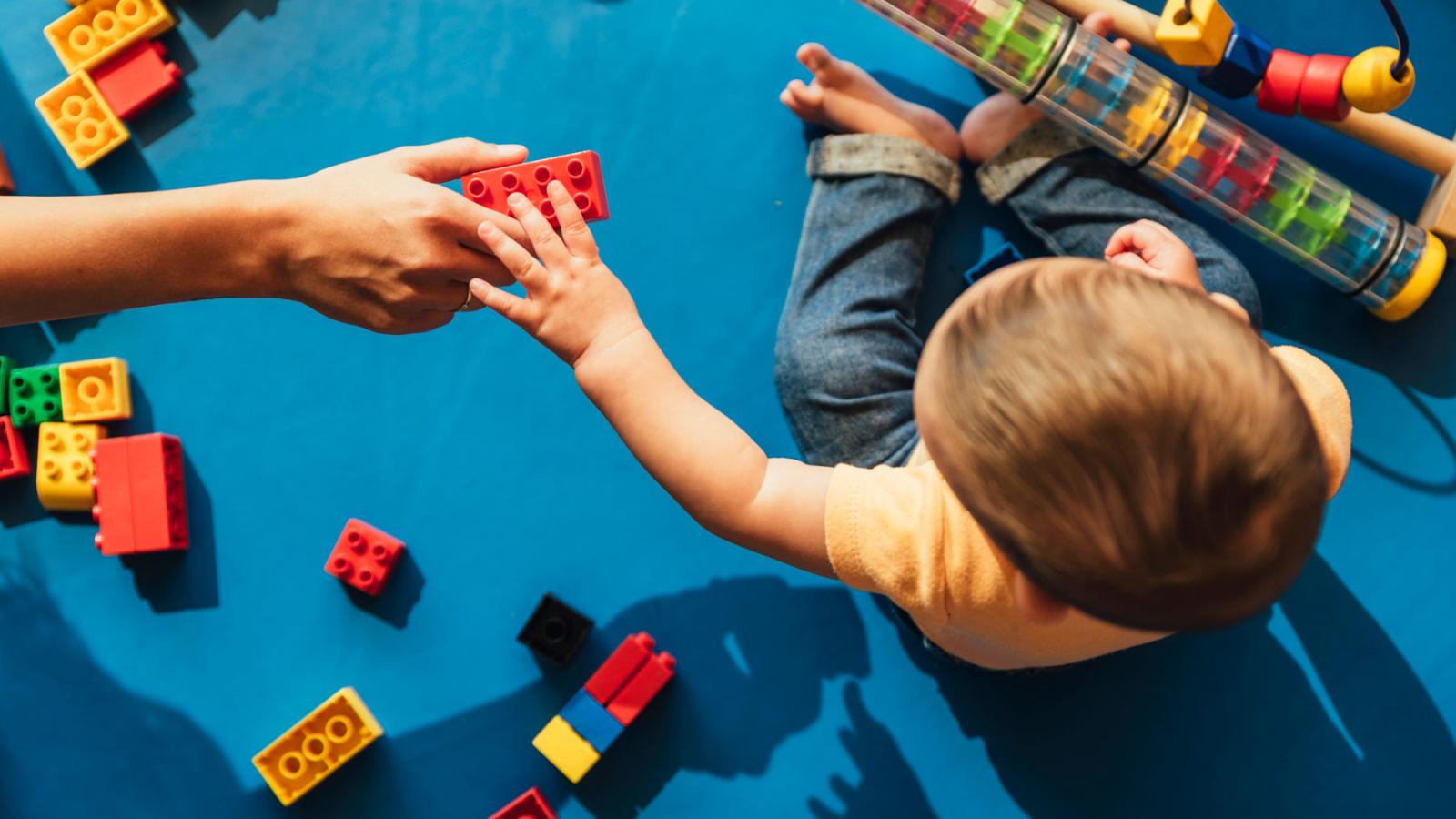Banner

Title
resources
Resource Library
Our Resource Library contains materials and assistance for early childhood educators and those they serve. Explore our selection of podcasts, tip sheets, websites, documents, and self-study courses.
Results: Page 7 of 52
| Resource Name | Description | Resource Type |
|---|---|---|
| Attachment: Using Transitional Objects to Cope with Separation and Change | Part 5 of our series on attachment continues the conversation on helping children cope with separation, and explores the use of transitional objects as supports. | Podcast |
| Attachment: What is it and when does it develop? | This CICC podcast in the first in a series focusing on attachment during the first two years of life, and the role that early educators play in this important social emotional process. Beth Menninga welcomes Dr. Mary Harrison as a guest speaker and they kick off the series by defining attachment, describing when we begin to see attachment behaviors and what those look like with infants and toddlers. | Podcast |
| Attachment: What Works? | A new brief from the Center on the Social and Emotional Foundations for Early Learning (CSEFEL), What Works Brief #24 - Attachment: What Works? (2011), by Donna Wittmer, explores the importance of infants and toddlers experiencing secure attachment relationships with the key adults in their lives, explains secure and insecure attachment, notes cultural differences in attachment, and provides specific strategies to promote children's secure attachments. | Document |
| Avoid Spot Treat: Frostbite & Hypothermia | In cold temperatures, your body begins to lose heat faster than it can be produced, which can lead to serious health problems. This resource, from the Centers for Disease Control (CDC), includes an infographic that you can download, print, and post. | Website |
| Babies and Pacifier Use | This Brush Up on Oral Health Newsletter from the Early Childhood Learning and Knowledge Center has (ECLKC) has some useful information and tips to share with family members on the use of pacifiers. | Website |
| Babies Make the Link Between Vocal and Facial Emotion | The ability of babies to differentiate emotional expressions appears to develop during their first six months. Researchers from the University of Geneva have just provided an initial answer to this question, measuring the ability of six-month-old babies to make a connection between a voice and the emotional expression on a face. | Document |
| Babies Prefer to Hear "Baby Talk" From Other Babies | When babies hear sounds from other babies, they smile and move their mouths, almost as if they know this is a sound that they could try to make themselves. | Website |
| Babies Use Their Tongues to Understand Speech | A study from the University of British Columbia established the first direct link between babies' oral motor skills (the movement of the tongue, lips, and other parts of the mouth) and their ability to understand speech. Read more to learn that when infants can't move their mouths to mimic sounds, they have a harder time processing those sounds. | Website |
| Babies' babbles reflect their own involvement in language development | Babies' repetitive babbles, such as 'dada' or 'baba,' are primarily motivated by infants' ability to hear themselves talk, say researchers. Infants with profound hearing loss who received cochlear implants to improve their hearing soon babbled as often as their hearing peers, allowing them to catch up developmentally. | Website |
| Babies' Brains Learn Speech Months Before Their First Words [STUDY] | Research out of the University of Washington finds that speech sounds stimulate babies' brains to help them learn how to form words--before they even start speaking. | Website |
Results: Page 7 of 52